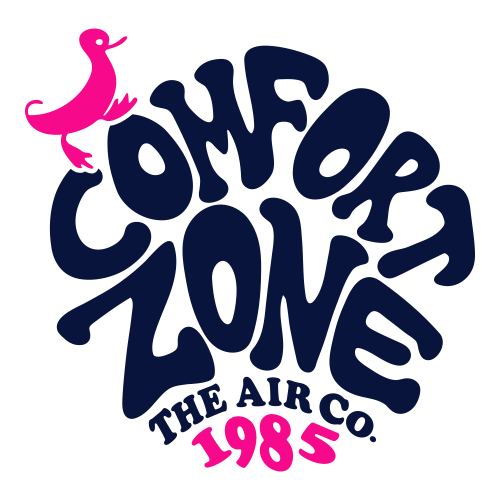
If you’re thinking about air conditioner installation in Cape Coral, you should also be investigating your new air conditioner’s SEER rating.
SEER stands for Seasonal Energy Efficiency Rating. Simply put, it examines how effective your air conditioner is at converting electricity into cold air. A bigger number indicates your air conditioner is more efficient, which is great for your cooling expenses.
However, there are lots of differing options to choose from for air conditioners. And a higher SEER rating typically is accompanied by a more expensive price tag. So, how can you determine which one is best for your home?
At Comfort Zone, LLC, we provide a free, no-pressure home comfort analysis. You can book one by contacting us at 239-214-0411. Our skilled air conditioner installers will partner with you to help you pick the right air conditioner for your home. Plus, they’ll also give you a free, no-obligation estimate.
Right now, let’s discuss SEER ratings and how they can impact your loved ones’ comfort. And your utility bills.
Why Do the SEER Ratings Even Matter?
In 2016, the federal government developed new SEER rules. New air conditioners are mandated at least 13 SEER in the northern United States and 14 SEER in the southeast and southwest. If you’re not sure when you had your air conditioner put in or what its SEER ranking is, you can find the sticker on the system outside your home. If you can’t find the sticker, you can get in touch with us at 239-214-0411 for support.
If your air conditioner was put in before that time, it’s likely much less efficient. Air conditioning technology has quickly changed in the past few years, with major breakthroughs in energy efficiency and smart home capacity. Connecting your new air conditioner with a smart thermostat could help you conserve more on electric bills, as the thermostat can automatically adjust your temperature settings when you’re gone.
If your existing air conditioner has a SEER rating between 8 and 10, adding a 14-SEER system could save you around 30–50% on annual utility expenses. Your savings relate to your air conditioner size and your temperature settings.
Is a Higher SEER Rating Always Better?
An air conditioner with a better SEER rating will be more efficient at using electricity for cooling. The highest efficiency models, which can go as great as 26 SEER, have ENERGY STAR® endorsement. This designation signifies the air conditioner meets EPA requirements for energy savings and environmental conservation.
While ENERGY STAR air conditioners are often more expensive, you’ll normally get the difference back throughout the years through cheaper cooling expenses. These air conditioners, which are generally rated 16 SEER and better, use about 8% less electricity than other new systems, according to ENERGY STAR.
One of the biggest differences between a 14 SEER and 16 SEER is variable-speed capacity. A variable-speed air conditioner can run at varying speeds. This fine-tunes comfort for your residence while keeping your power costs down. It can also keep temperatures and humidity more even, since it can go for longer without consuming a lot more energy.
When adding a variable-speed air conditioner, you’ll have to check that your furnace or air handler is compatible. This is due to the fact your air conditioner relies on this system’s blower to send cold air across your house. Furnaces only work for approximately 20 years, so if yours is getting old, we advise getting furnace installation at the same time so you can get all the benefits of your variable-speed air conditioner.
When you’re set to replace your air conditioner, the cooling pros at Comfort Zone, LLC are available to help. Give us a call at 239-214-0411 to request your free home comfort analysis today.
